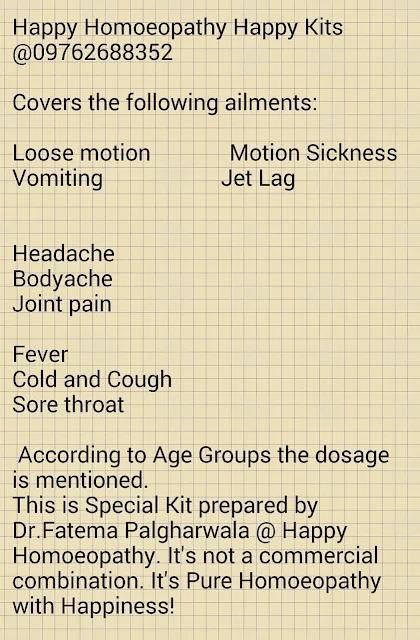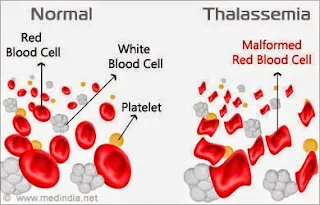Frequently Asked Questions
What Is Thalassemia?
(also known as Mediterranean anemia, or Cooley’s Anemia) is a genetic blood
disease. People born with this disease cannot make normal hemoglobin (anemia)
which is needed to produce healthy red blood cells.
Who carries Thalassemia?
People of Chinese, South Asian, Middle Eastern, Mediterranean or African
origin.
What is Thalassemia Minor?
People with a thalassemia mutation only in one gene are known as carriers or
are said to have thalassemia minor. Thalassemia minor results in no anemia or
very slight anemia. People who are carriers do not require blood transfusion or
iron therapy, unless proven to be iron deficient.
What is Thalassemia Major?
Children born with thalassemia major usually develop the symptons of severe
anemia within the first year of life. Lacking the ability to produce normal
adult hemoglobin, children with thalassemia major:
·
are chronically fatigued
·
fail to thrive, and
·
do not grow normally
Prolonged anemia will cause bone deformities and eventually will lead to
death within the first decade of life. The only treatment to combat severe
anemia is regular blood transfusions.
How can Thalassemia be treated?
Regular blood transfusions allow patients with thalassemia to grow normally and
be active. Unfortunately, transfusions result in deadly accumulation of iron in
the heart and liver. If the excess iron is not removed then the patients may
suffer from a premature death due to iron overload.
Nowadays, drugs designed to remove excess iron (iron chelators) have
significantly changed the prognosis of thalassemia. Patients can grow and
develop normally, with relatively normal heart and liver functions. Patients
are living longer and having families of their own. Medical advances
continue and promise to improve the life expectancy and quality of life further
for those living with thalassemia.
Current treatments allow thalassemia patients to live relatively normal
lives, however, a cure remains to be found. The genetic cause of thalassemia
was one of the first genes discovered in the 1970′s, yet 30 years later, gene
therapy still eludes thalassemia patients.
Do you carry Thalassemia?
Many people from the areas of the world where thalassemia is common carry the
gene for it on one chromosome (that is, they have thalassemia minor). You may
believe that your blood has been tested for this specific gene but testing for
thalassemia requires a special blood test. To be tested your doctor must order
a blood test called HEMOGLOBIN ELECTROPHORESIS which can identify a carrier of
thalassemia.
If you, your parents or ancestors are from an area of the world where
thalassemia is common, PLEASE REQUEST hemoglobin electrophoresis blood test
from your doctor.
It is important to identify yourself as a possible carrier of
thalassemia (thalassemia minor). A person with thalassemia minor has a 25%(1 in
4) chance of having a baby with thalassemia major if his/her mate also has
thalassemia minor.
How do you inherit Thalassemia?
If both parents carry thalassemia minor, their children may have thalassemia
minor, or they may have completely normal blood, or they may have thalassemia
major. In each pregnancy there is a one in four (25%) chance that their child
will have normal blood, a two in four (50%) chance that the child will have
thalassemia minor or a one in four (25%) chance that the child will have
thalassemia major.
How can we prevent Thalassemia?
Please share the information on this website with others. Show it to your
family, friends, neighbours, coworkers or anyone who has origins from areas
where thalassemia is common. Be sure to ask your doctor to test you for
thalassemia minor. Increased awareness is the key, please do your part by
spreading the word.












